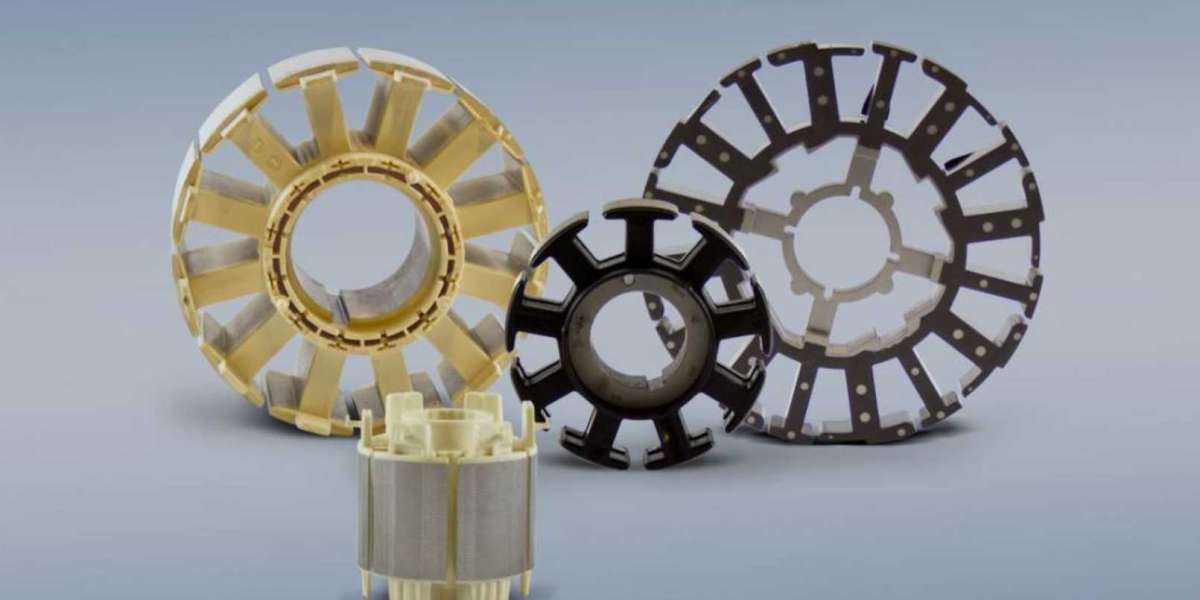Plastic overmolding is a cutting-edge manufacturing technique that has revolutionized the production of complex and high-performance products. It involves the process of molding one material over another to create a single component with improved functionality and aesthetics. This article aims to provide valuable insights into the art of plastic overmolding, offering tips and tricks for achieving flawless finishes in the manufacturing process.
What is Plastic Overmolding?
Plastic overmolding is a specialized injection molding process wherein a pre-formed substrate, often made of plastic or metal, is placed into a mold. Then, a second material, known as the overmold, is injected to encapsulate the substrate partially or entirely. The result is a seamless and cohesive product, bringing together the strengths of both materials.
Advantages of Plastic Overmolding
Plastic overmolding offers numerous advantages that have made it a preferred choice for various industries. Some key benefits include enhanced product durability, improved grip and ergonomics, reduced vibration and noise, and the elimination of assembly processes. Additionally, overmolding enables the integration of multiple functions into a single component, reducing overall part count and assembly time.
Understanding the Process of Plastic Overmolding
4.1. Mold Preparation
Before starting the overmolding process, meticulous mold preparation is essential. Proper cleaning, venting, and surface treatment of the mold ensure the best possible adhesion between the substrate and the overmold material.
4.2. Material Selection
Selecting the right materials is crucial for successful overmolding. Compatibility between the substrate and overmold material is vital to prevent issues such as delamination or poor bonding.
4.3. Injection Molding
The initial step involves injection molding of the substrate. The substrate material is melted and injected into the mold cavity to create the first part.
4.4. Overmolding Process
Once the substrate is ready, the overmold material is injected into the mold, bonding seamlessly with the substrate to create the final product.
Design Considerations for Successful Plastic Overmolding
5.1. Part Design
Designing the part for overmolding requires careful consideration of factors like material flow, draft angles, and proper gate placement. Optimizing the part design ensures uniform thickness and reduces the risk of defects.
5.2. Material Compatibility
The compatibility of materials is essential to achieve a strong bond between the substrate and the overmold. Conducting material compatibility testing is crucial before proceeding with production.
5.3. Wall Thickness
Maintaining consistent wall thickness in the design helps prevent issues like sink marks or voids in the final product.
5.4. Undercuts and Gating
Designing undercuts and gating locations carefully enables successful overmolding without trapping air or causing material flow issues.
Choosing the Right Materials for Plastic Overmolding
6.1. Base Material
The base material, also known as the substrate, should possess the necessary strength and rigidity to support the overmold material.
6.2. Overmolding Material
Selecting the appropriate overmold material depends on factors such as adhesion to the substrate, chemical resistance, and desired surface finish.
Common Issues and Troubleshooting in Plastic Overmolding
7.1. Burn Marks
Burn marks may occur due to excessive heat during the overmolding process. Optimizing temperature and injection settings can resolve this issue.
7.2. Warping
Warping can happen when there is a significant difference in cooling rates between the substrate and the overmold material. Proper mold and cooling design can mitigate warping.
7.3. Short Shots
Short shots are incomplete overmolding due to insufficient material flow. Adjusting injection parameters and venting can rectify this problem.
7.4. Voids
Voids in the overmolded part can be addressed by optimizing mold design and using adequate clamping force during the molding process.
7.5. Material Incompatibility
If the overmold material is not compatible with the substrate, issues like delamination or poor bonding may occur. Material testing is crucial to identify and address such problems.
Tips for Achieving a Flawless Finish in Plastic Overmolding
8.1. Proper Surface Preparation
Ensuring that the substrate's surface is free from contaminants and adequately prepped enhances adhesion and bonding with the overmold material.
8.2. Injection Molding Machine Calibration
Calibrating the injection molding machine for precise temperature, pressure, and shot size control is vital to achieve consistent results.
8.3. Optimal Process Parameters
Fine-tuning process parameters, such as injection speed and holding pressure, contributes to producing high-quality overmolded parts.
8.4. Post-Molding Operations
Post-molding operations like trimming, finishing, and quality inspection play a crucial role in achieving a flawless final product.
Best Practices for Quality Control in Plastic Overmolding
9.1. Inspection and Testing
Implementing regular inspections and testing during the production process ensures that any defects or deviations are identified and corrected promptly.
9.2. Corrective Actions
Having a well-defined process for addressing quality issues and implementing corrective actions helps maintain consistent quality in overmolded products.
Real-World Applications of Plastic Overmolding
10.1. Electronics and Electrical Connectors
The electronics industry extensively uses plastic overmolding to create waterproof and durable connectors.
10.2. Automotive Industry
Plastic overmolding is prevalent in the automotive sector for producing soft-touch interior components and weather-resistant seals.
10.3. Medical Devices
In the medical field, overmolding is employed to create ergonomic and hygienic devices with enhanced functionality.
Environmental Impact of Plastic Overmolding
11.1. Sustainable Material Options
Using eco-friendly and biodegradable materials in overmolding contributes to reducing the environmental impact.
11.2. Recycling and Waste Management
Proper recycling and waste management practices can minimize the ecological footprint of plastic overmolding.
Future Trends in Plastic Overmolding
12.1. Advanced Materials
Continual advancements in materials science will lead to the development of new and improved overmold materials.
12.2. Automation and Industry 4.0
Automation and smart manufacturing technologies will streamline the plastic overmolding process, boosting efficiency and productivity.
Conclusion
Mastering the art of plastic overmolding is a valuable skill that unlocks numerous possibilities in modern manufacturing. By following the tips and best practices outlined in this article, manufacturers can achieve flawless finishes and create high-quality overmolded products with enhanced functionality and aesthetics.
FAQs
14.1. What is the difference between two-shot molding and overmolding?
Two-shot molding involves injecting two different materials sequentially into a single mold to form a product with multiple colors or materials. In contrast, overmolding uses a single mold to encapsulate one material over another.
14.2. Can overmolding be done with different colors?
Yes, overmolding can be done with different colors. Manufacturers can achieve multi-colored overmolded parts by using compatible materials of different colors.
14.3. Is plastic overmolding cost-effective for small production runs?
Plastic overmolding can be cost-effective for small production runs as it eliminates the need for additional assembly processes and reduces part count.
14.4. Are there limitations to the shapes that can be achieved with overmolding?
Overmolding offers great design flexibility, allowing for complex shapes and intricate details in the final product.
14.5. How does plastic overmolding contribute to product durability?
Plastic overmolding enhances product durability by providing a protective layer that shields the substrate from external elements, impact, and wear.







